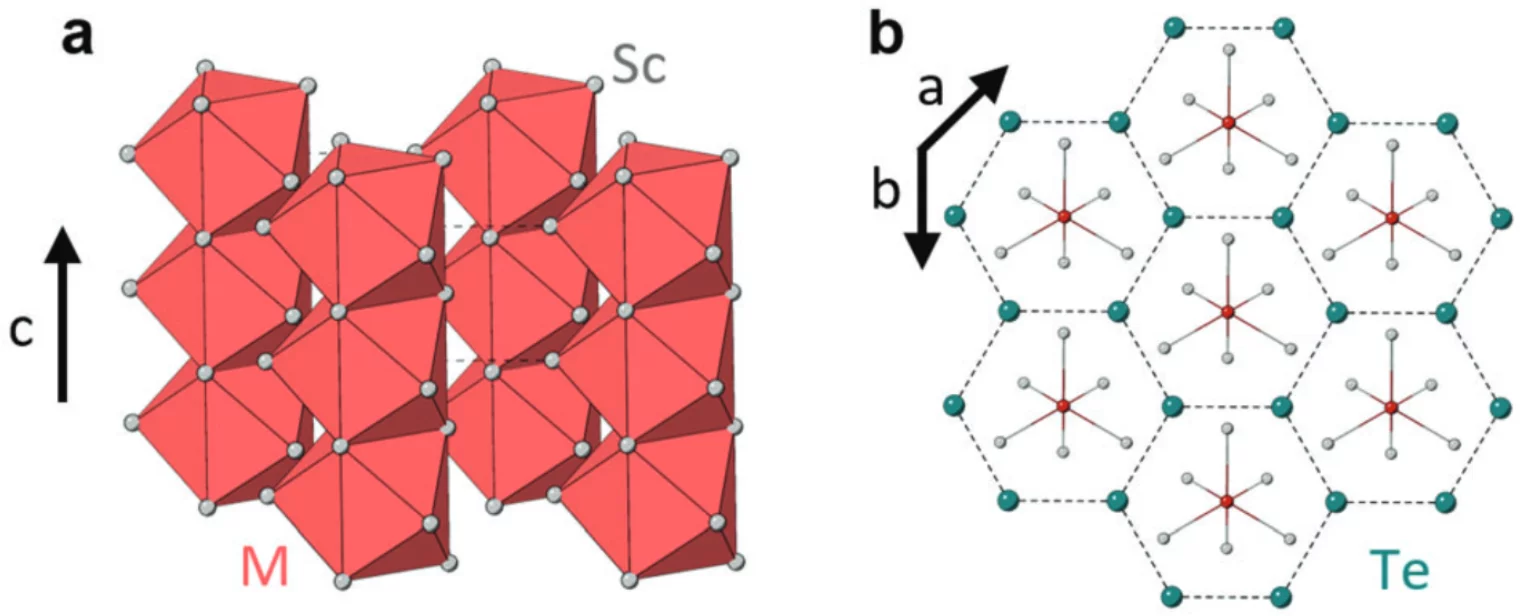The pursuit of a unifying theory for non-BCS superconductivity has faced significant challenges. One approach to overcome such challenges is to perform systematic investigations into superconductors containing d-electron metals in order to elucidate their underlying mechanisms. Recently, the Sc6MTe2 (M = d-electron metal) family has emerged as a unique series of isostructural compounds exhibiting superconductivity across a range of 3d, 4d, and 5d electron systems.
In this study, muon spin rotation, neutron diffraction, and magnetization techniques are employed to probe the normal and superconducting states at a microscopic level. These findings reveal extremely dilute superfluid densities that correlate with the critical temperature (Tc). Additionally, high-temperature normal-state transitions that are inversely correlated with Tc are identified. Notably, in Sc6FeTe2, the superconducting pairing symmetry is most likely characterized by two nodeless gaps, one of which closes as electron correlations diminish in the Ru and Ir Sc6MTe2 compounds. These results classify the Sc6MTe2 compounds (M = Fe, Ru, Ir) as unconventional bulk superconductors, where the normal-state transitions and superconducting properties are governed by the interplay between electron correlations and spin-orbit coupling of the d-electron metal.
Facility: SμS, SINQ
Reference: J.N. Graham et al, Advanced Functional Materials, 2505517 (2025)
Read full article: here



